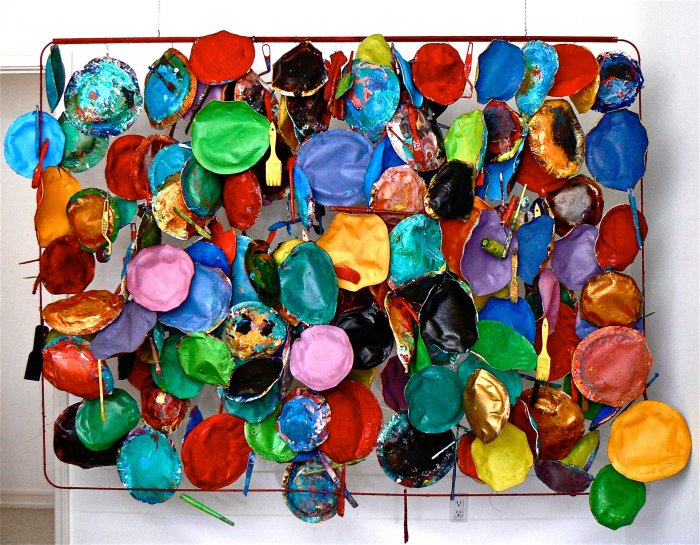Art Therapy
"Art therapy is a form of expressive therapy that uses master-level art therapists and the creative process of art making to holistically make changes to the mind, heart, body and soul that foster growth, healing, mindfulness, connections, or whatever you may need in that moment of time. Art therapy integrates the fields of human development, visual art (drawing, painting, sculpture, and other art forms), and the creative process with models of counseling and psychotherapy." Melissa Hedlund, Executive Director
According to the American Art Therapy Association, Art Therapy is the therapeutic use of art making, within a professional relationship, by people who experience illness, trauma, or challenges in living and by people who seek personal development. Through creating art and reflecting on the art products and processes, people can increase awareness of self and others, cope with symptoms, stress and traumatic experiences; enhance cognitive abilities; and enjoy the life-affirming pleasures of making art.
Art therapists work with people of all ages: individuals, couples, families, groups and communities. They provide services, individually and as part of clinical teams in settings that include mental health, rehabilitation, medical and forensic institutions; community outreach programs; wellness centers; schools; nursing homes; corporate structures; open studios and independent practices.
Art therapists are professionals trained in both art and therapy. They are knowledgeable about human development, psychological theories, clinical practice, spiritual, multicultural and artistic traditions and the healing potential of art. Art Therapists use art in treatment, assessment and research and provide consultations to allied professionals.
According to the American Art Therapy Association, Art Therapy is the therapeutic use of art making, within a professional relationship, by people who experience illness, trauma, or challenges in living and by people who seek personal development. Through creating art and reflecting on the art products and processes, people can increase awareness of self and others, cope with symptoms, stress and traumatic experiences; enhance cognitive abilities; and enjoy the life-affirming pleasures of making art.
Art therapists work with people of all ages: individuals, couples, families, groups and communities. They provide services, individually and as part of clinical teams in settings that include mental health, rehabilitation, medical and forensic institutions; community outreach programs; wellness centers; schools; nursing homes; corporate structures; open studios and independent practices.
Art therapists are professionals trained in both art and therapy. They are knowledgeable about human development, psychological theories, clinical practice, spiritual, multicultural and artistic traditions and the healing potential of art. Art Therapists use art in treatment, assessment and research and provide consultations to allied professionals.

